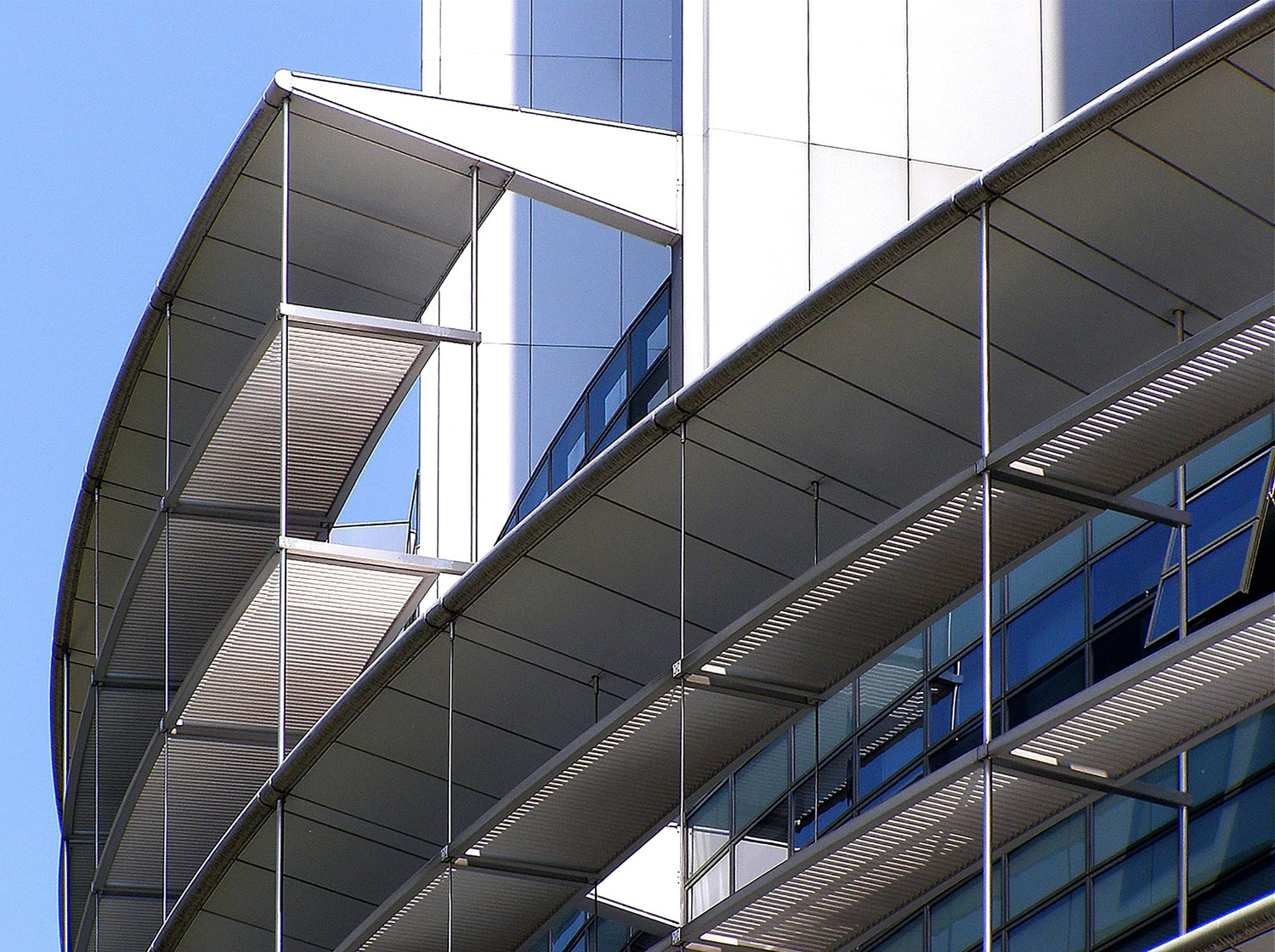In the dynamic world of architecture, where functionality meets aesthetics, the choice of building materials holds significant sway. Aluminum has swiftly risen to prominence, offering a compelling blend of durability, versatility, and minimal maintenance requirements that redefine architectural possibilities.
Durability and Structural Integrity
Aluminum's strength-to-weight ratio is unmatched, making it an ideal candidate for structures demanding resilience and structural integrity. Unlike traditional metals, aluminum does not succumb to rust or corrosion, thanks to its natural oxide layer that forms upon exposure to air. This inherent resistance ensures longevity and preserves the visual appeal of buildings, even in harsh climates and urban environments.
Versatility in Design
Architects favor aluminum for its versatility in fabrication. Whether extruded, rolled, or cast, aluminum adapts effortlessly to diverse architectural forms and functions. This adaptability facilitates the creation of intricate designs and innovative solutions, empowering architects to push creative boundaries while maintaining practicality and performance.
Minimal Maintenance Requirements
One of aluminum's most compelling attributes is its minimal upkeep demands. Unlike materials that require frequent painting or protective coatings, aluminum's oxide layer provides enduring protection against environmental elements. This translates into reduced lifecycle costs and operational disruptions, appealing to building owners seeking sustainable, cost-effective solutions.
Sustainability and Recyclability
Aluminum underscores sustainability in architecture. Highly recyclable and energy-efficient throughout its lifecycle, aluminum minimizes environmental impact compared to conventional building materials. Its recyclability supports green building certifications and aligns with sustainable design principles, making it a preferred choice for environmentally conscious projects.
Conclusion
Aluminum has emerged not just as a material of choice but as a catalyst for architectural innovation. Its durability, design versatility, low maintenance requirements, and sustainability credentials position it at the forefront of modern architectural practice. By embracing aluminum, architects elevate both the aesthetic appeal and functional longevity of their designs, contributing to a sustainable built environment that meets the demands of today and anticipates the needs of tomorrow.
In summary, aluminum's transformative impact on architecture extends beyond its physical properties—it embodies a commitment to efficiency, sustainability, and enduring design excellence that defines the architecture of the future.

